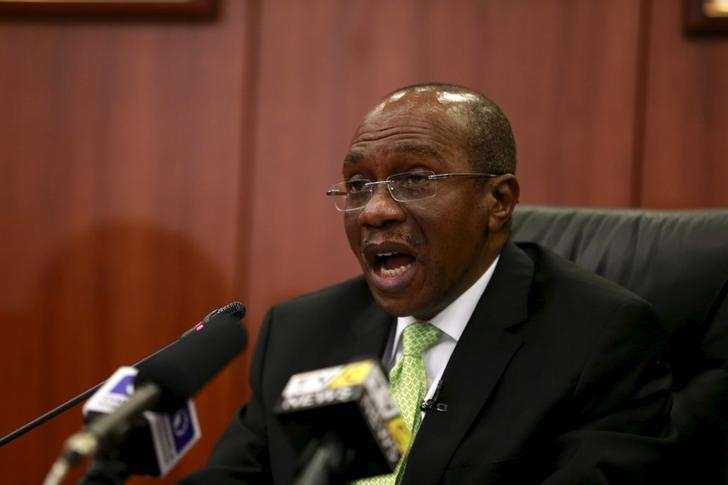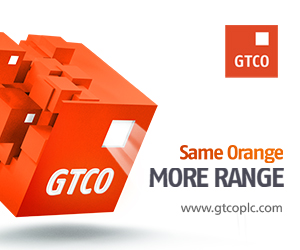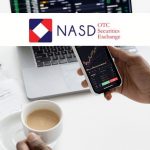Brands/Products
Want to Survive a Period of Economic Crisis? Don’t Kill Your Marketing Spend
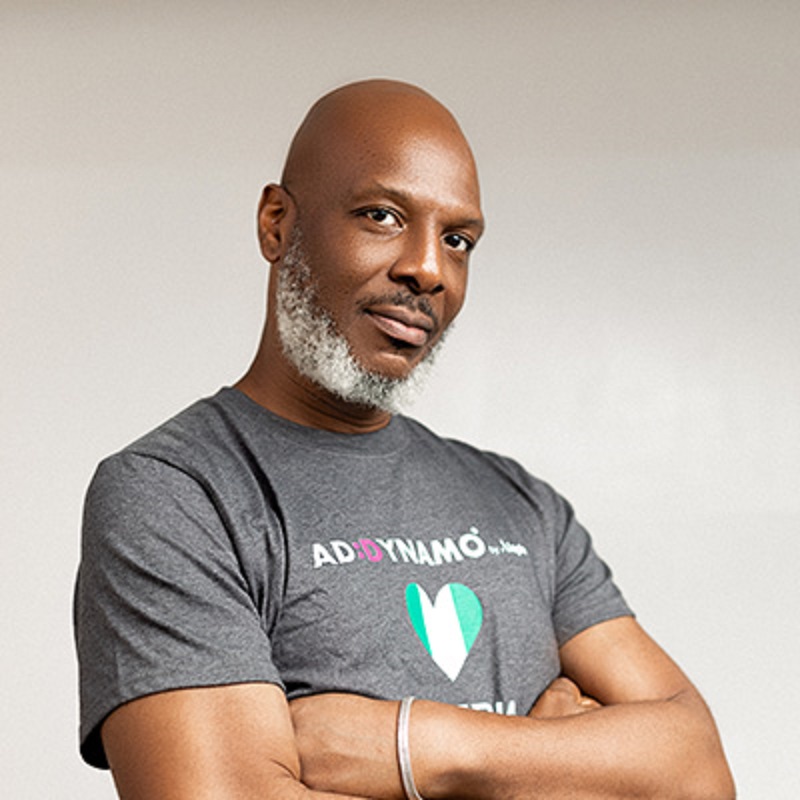
By Tintin Imevbore
During times of economic downturn, such as the one Nigeria’s currently experiencing, businesses are frequently forced to make tough choices when it comes to cutting back on costs. Unfortunately, marketing is often among the first cost items to be cut. While the reasons for cutting back on marketing as a whole are understandable, doing so could potentially cause detrimental damage to the business in the long run.
In fact, there’s a strong case to be made that, rather than making wholesale cuts, organisations could aim to reallocate spending to suit the current economic climate while also driving efficiency and adapting to changing consumer behaviours. And that, in turn, could mean putting an increased focus on digital marketing. Doing so comes with several advantages. Not only does it minimise the pitfalls that come with cutting back on marketing spend (including lost brand visibility and diminished customer loyalty), but it could also help businesses stand out against competitors who do cut their marketing budgets in a bid to save short term.
But, in order to enjoy these advantages to their fullest extent, organisations have to take the right approach to digital marketing. That includes working with advertising partners who understand the digital landscape as well as the platforms and digital ad products most suitable to each business’s requirements.
Understanding the psychology of cutbacks
Before looking at how businesses can ensure that they get the full benefits of digital marketing, it’s worth getting a clearer understanding of why it’s so often among the first items to be cut in a company budget.
One of the biggest reasons is that cutting back on marketing spend provides immediate savings to the business. That could help the business preserve immediate cash flow in the short term. While that’s not as applicable to digital marketing channels as it is to traditional ones (such as broadcast and outdoor), businesses looking to preserve cash flow and save jobs will try and save anywhere they can.
Additionally, marketing budgets are seen as more flexible compared to fixed costs like salaries or commercial rent. As such, some business owners and executives believe that it’s easier to scale back or eliminate marketing campaigns than it is to make drastic changes to the organisation’s structure.
To add to it, , in a period where business survival is perceived to be more important than growth and expansion, long-term investments like marketing campaigns might take a backseat in favour of short-term cost-cutting measures.
Short-term gains but long-term pain
As understandable as that logic is, the short-term gains made by cutting back on advertising can result in long-term pain for businesses.
Reducing or eliminating marketing efforts during an economic downturn can lead to reduced brand visibility, a loss of market share, and diminished customer loyalty. This, in turn, could make it more challenging for the business to recover once the economic situation improves.
And in an emerging market like Nigeria, that could mean missing out on considerable long-term growth. While the economy might be struggling now – thanks to a combination of volatile exchange rates, the removal of the fuel subsidy, rapidly rising inflation, and global macroeconomic factors – that won’t always be the case.
The country’s expanding youthful population, growing levels of connectivity, and rich natural resources mean that it is primed for long-term growth. In fact, research from Goldman Sachs suggests that Nigeria could have the fifth-largest economy on the globe by 2075.
The businesses that will be best positioned to enjoy the fruits of that growth are the ones that build personalised relationships with their customers, and digital marketing remains one of the most efficient ways of doing that.
Use the right partners
But that doesn’t mean that businesses have to adopt a “business-as-usual” approach when it comes to digital marketing. It is, after all, still possible to recognise the importance of maintaining a digital presence while also being aware of the broader economic situation.
Achieving this balance can be a lot easier when businesses choose to work with the right advertising partners. The ideal partner would be able to help a business identify which platforms and formats work best for its business needs. The partner will also be able to help deliver the kind of campaigns that provide the maximum return on the business’s marketing spend.
Businesses should also consider looking for an advertising partner that has an established in-market presence with local on-ground expertise. By doing so, the business is more likely to understand and adapt to the shifting economic conditions. It’s additionally important to use an advertising partner that prices transparently, meaning the business knows it’s getting the fairest possible price from the start.
An ongoing investment
Ultimately, then, it should be clear that while cutting digital marketing budgets is understandable, it should never be viewed as desirable. Businesses that choose to keep their advertising during activities running through challenging economic times could potentially come out stronger on the other side. In order to reap maximum benefits, they should consider working with partners who can help them ensure their marketing budgets work as efficiently (and as economically) as possible during uncertain times.
Tintin Imevbore is the Managing Director for Nigeria at Ad Dynamo by Aleph
Brands/Products
Temu Partners Dellyman to Scale Logistics Capabilities Across Nigeria

By Modupe Gbadeyanka
As part of its strategies to aggressively scale its logistics capabilities across key African markets, especially in Nigeria, the fast-growing global e-commerce powerhouse, Temu, has entered into a delivery partnership with Lagos-based logistics startup, Dellyman.
Through this collaboration, Temu customers in Nigeria will experience faster, more predictable, and more transparent deliveries, a critical factor in sustaining the platform’s customer satisfaction as order volumes continue to rise.
Dellyman’s technology-driven approach, spanning rider management, route optimisation, and customer visibility, played a central role in Temu’s selection process.
In the pilot phase, Dellyman completed more than 1,300 deliveries with a 95 per cent success rate, demonstrating its readiness to support large-scale e-commerce operations nationwide.
Founded in 2020, the firm has grown into one of Nigeria’s most reliable same-day and last-mile delivery platforms.
The company recently achieved a 10,000-order monthly delivery milestone in November 2025, contributing to a cumulative total of more than 300,000 lifetime deliveries.
This track record made Dellyman a strong fit for Temu, which is aggressively scaling logistics capabilities across key African markets.
“Our partnership with Temu is a major endorsement of the vision we set out with, to build Nigeria’s most reliable, scalable, and transparent last-mile delivery infrastructure.
“Achieving a 95 per cent delivery success rate during the pilot underscores our readiness to support high-volume e-commerce platforms.
“This collaboration shows that local startups can meet and exceed global standards when given the opportunity,” the chief executive of Dellyman, Mr Dare Ojo-Bello, said.
He further noted that the partnership represents more than operational growth as it signals a shift in how global e-commerce brands view Nigerian logistics capabilities.
“This is not just about fulfilling orders; it is about reshaping perceptions of what Nigerian delivery companies can achieve. We are committed to building the kind of infrastructure that supports international standards, empowers local businesses, and ultimately strengthens consumer trust in the broader digital economy,” he noted.
Mr Ojo-Bello added that Dellyman will continue investing in capacity, fleet expansion, and merchant-facing tools to ensure superior delivery experiences for Temu buyers and other online shoppers nationwide.
Brands/Products
Verve Issues Over 100 million Cards to Customers, Celebrates Milestone
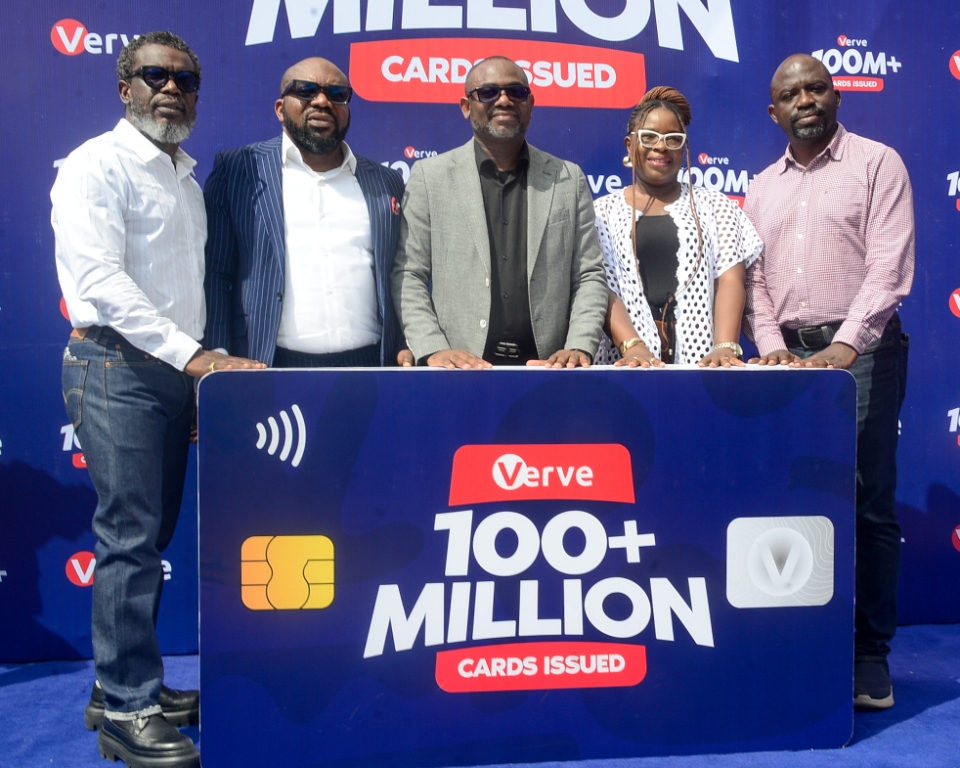
By Aduragbemi Omiyale
Over 100 million cards have been issued to customers by Africa’s leading payments card brand, Verve, across the continent.
This milestone has been described as a powerful symbol of growth, resilience, and the evolving needs of millions of Africans who rely on Verve every day.
The accomplishment has been said to underscore the company’s deep consumer insight, continuous innovation, and unwavering dedication to customer satisfaction.
Verve’s evolution has consistently been inspired by the needs and aspirations of its users. Today, its acceptance footprint stretches across Africa and reaches global markets through strategic partnerships with leading brands, including Google, Netflix, Spotify, AliExpress, Temu, Flywire, YouTube Premium, and others, unlocking broader access to lifestyle, entertainment, commerce, and mobility solutions for millions of cardholders.
“What began as a simple idea, one card designed to empower everyday life, has grown into 100 million stories, 100 million touchpoints, and 100 million reasons to deepen our commitment to delivering secure, seamless, and meaningful payment experiences across Africa,” the Executive Vice President for Group Marketing and Corporate Communications at Interswitch Group, Ms Cherry Eromosele, said at a media briefing in Lagos, where she was represented by the Divisional Head for Growth Marketing (Paytoken and MVNO), Chidi Oluaoha.
Ms Eromosele further noted that the milestone is shared with the broader ecosystem; banks, processors, merchants, regulators, and partners, whose collaboration has fuelled Verve’s remarkable growth.
Most importantly, she celebrated the millions of individuals who carry Verve cards in their wallets and mobile devices, acknowledging that their trust and loyalty continue to inspire the brand’s progress.
With the 100-million-card mark now crossed, Verve is poised to accelerate its expansion efforts, elevate customer experiences, and strengthen its global acceptance network.
Brands/Products
CREDICORP Launches Credit Programme for Easier Acquisition of Phones, Others
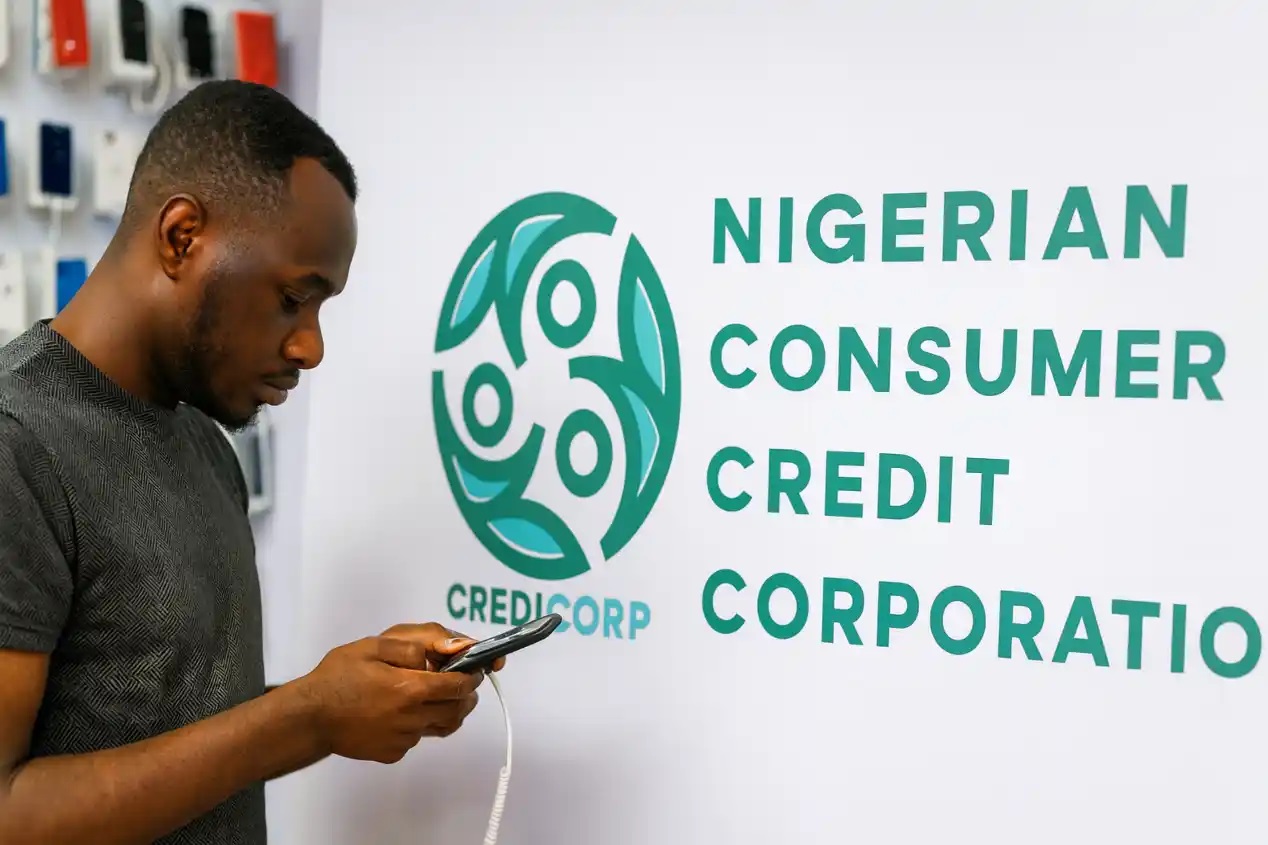
By Adedapo Adesanya
The Nigerian Consumer Credit Corporation (CREDICORP) has launched a national digital device credit programme that will make the acquisition of smartphones, laptops, and other essential digital tools easier for working Nigerians.
According to the scheme, which was introduced by the Nigerian government to democratise consumer credit access to Nigeria’s working population, the country’s progress is increasingly driven by access to the tools that help people learn, earn, and participate fully in a modern economy.
Over the past year, CREDICORP has supported thousands of Nigerians to acquire the assets that make daily life easier, from mobility solutions that shorten commutes and increase productivity to renewable energy systems that keep homes and small businesses powered and productive. Each intervention has shown the same outcome: when Nigerians are allowed to access essential tools through fair and responsible credit, their lives improve rapidly.
The new rollout builds on the success of the pilot phase already completed under the partnership. In the first phase, CREDICORP, working through E-Finance Company with technology support from Credlock, enabled over 1,000 Nigerians to access smartphones through affordable credit, many for the first time. The strong repayment performance and the speed of adoption demonstrated both the appetite and the national need for this kind of support.
Via this new phase, CREDICORP is poised to scale the program significantly, targeting over 15,000 Nigerians who will be able to access smartphones or laptops that directly enhance their productivity, income potential, and digital participation.
To deliver this initiative at scale, the organisation is once again working through one of its Participating Financial Institutions, E-Finance Company, with technology support from Credlock, whose intelligent device-collateral system allows for secure, responsible, and efficient access to credit. Together, E-Finance and Credlock will ensure that Nigerians can seamlessly apply for, finance, and collect the digital devices they need, without the heavy burden of upfront payments.
Speaking on the new phase, CREDICORP’s Managing Director, Mr Uzoma Nwagba, noted that this is a natural progression of the institution’s work.
“From mobility to renewable energy, we have witnessed the profound impact that access to credit can have on people’s daily lives. Nigerians are ambitious and hardworking; they simply need fair pathways to acquire the tools that move them forward. Digital devices now sit at the center of learning, earning, and productivity, and expanding access to them is a critical step in building a more digitally ready nation.”
On his part, Credlock’s CEO, Mr Dayo Fabayo, emphasized the power of turning everyday devices into pathways for progress. “Every smartphone represents potential to learn, to work, to access opportunity, and to live with dignity. At Credlock, we believe the device in someone’s hand can be the bridge to their financial future. Working with CREDICORP and E-Finance allows us to scale that vision to millions of Nigerians.”
This initiative is part of CREDICORP’s broader mission to expand consumer credit and improve the quality of life across the country. By widening access to digital tools, CREDICORP is supporting a more connected, productive, and future-ready Nigeria, one where every citizen can thrive.
-

 Feature/OPED6 years ago
Feature/OPED6 years agoDavos was Different this year
-
Travel/Tourism9 years ago
Lagos Seals Western Lodge Hotel In Ikorodu
-

 Showbiz3 years ago
Showbiz3 years agoEstranged Lover Releases Videos of Empress Njamah Bathing
-

 Banking7 years ago
Banking7 years agoSort Codes of GTBank Branches in Nigeria
-

 Economy2 years ago
Economy2 years agoSubsidy Removal: CNG at N130 Per Litre Cheaper Than Petrol—IPMAN
-

 Banking3 years ago
Banking3 years agoFirst Bank Announces Planned Downtime
-

 Banking3 years ago
Banking3 years agoSort Codes of UBA Branches in Nigeria
-

 Sports3 years ago
Sports3 years agoHighest Paid Nigerian Footballer – How Much Do Nigerian Footballers Earn










